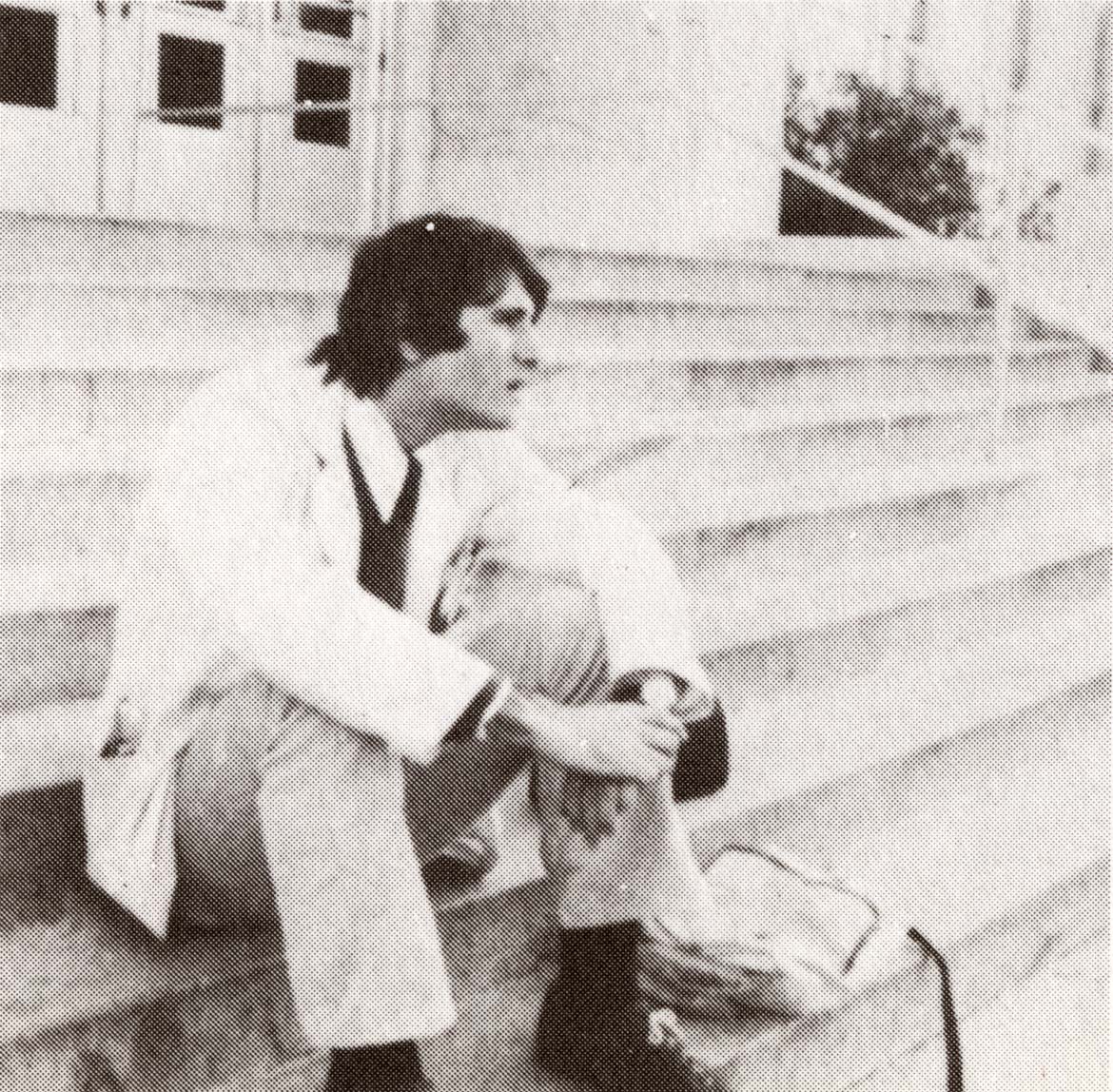The science of ergonomics: optimizing spine health in the workplace
The importance of proper posture is taught to most individuals at an early age. However, years of being told to “stand up straight” and to “stop slouching” are often lost once one enters the workforce. Ergonomics, the science of understanding how individuals function in certain systems — such as the workplace — seeks to minimize illness and injury by matching job requirements to the work environment.
Dr. Cyrus King, a spine neurosurgeon in the Baylor Medicine Spine Center and assistant professor in the Department of Neurosurgery at Baylor College of Medicine, describes challenges individuals face pertaining to ergonomics in the workplace, provides recommendations to support spine health on the job and explains when it is time to see an expert regarding back pain.
 The tower
The tower
King describes the spine as a tower “that is to be constructed true, square and plumb,” meaning perfectly aligned. “The ultimate goal is to keep the head squarely atop this tower, with the eyes directed towards the horizon,” he explains.
Unfortunately, for many in the workforce, routine tasks put pressure on this tower. King notes, “These days, there are jobs (such as those in construction or a warehouse setting) that require repetitive tasks that strain the body in forced bent or misaligned postures.”
However, it is not just those with labor-intensive roles who need to be concerned. He also cautions that sitting in a chair that does not offer proper neck and back support or straining one’s neck looking at a computer screen for too long may be problematic for those with office jobs.
No matter the career, King notes the impact of poor posture on individuals. He explains, “This creates strain on the muscles to maintain this posture and leads to wear and tear on the joints, discs and, eventually, the overall alignment of the spine.” This often leads to a kyphotic (or forward-bent) alignment that progresses over time.
According to King, back and neck pain do not discriminate based on age. “We are seeing an increasing trend of younger patients with worsened posture, which sets people up for a longer life of neck pain, disability and need for surgery.”
Tricks of the trade
He offers tips to mitigate neck and back strain caused in the workplace. For those with more physically demanding jobs, King recommends taking frequent breaks to alleviate tension on the spine. For those in more sedentary roles, spine health starts with having a workstation and a chair with good head and neck support. A large screen set up at proper eye level alleviates eye strain and lessens the need to lean in to view the monitor.
King also echoes the benefits of an active lifestyle. “Participating in regular exercise will take care of the muscles that support the skeletal structure.”
Time to see a specialist
He shares a few warning signs that may indicate it is time to see an expert regarding neck or back pain. “One is simply severity of pain. If symptoms are intolerable or debilitating, it is time to seek treatment.” He continues, “Another is the duration of symptoms. Everyone will have a bout of neck or back pain at some point in their life, but usually rest and home treatment will allow most episodes to resolve within three to four weeks.” He recommends seeing a spine specialist for evaluation and assessment if pain persists.
Lastly, King lists other symptoms, such as loss of sensation, focal muscle weakness or bowel or bladder incontinence, that may represent the need for surgical intervention.
With clinics at the McNair and Sugar Land campuses, our spine experts provide the full continuum of care for back and neck conditions — from the common to the most complex. Visit the Baylor Medicine Spine Center website or call (713) 798-BACK (2225) to learn more.
By Cristina Flores, communications associate with the Department of Neurosurgery

 The tower
The tower

